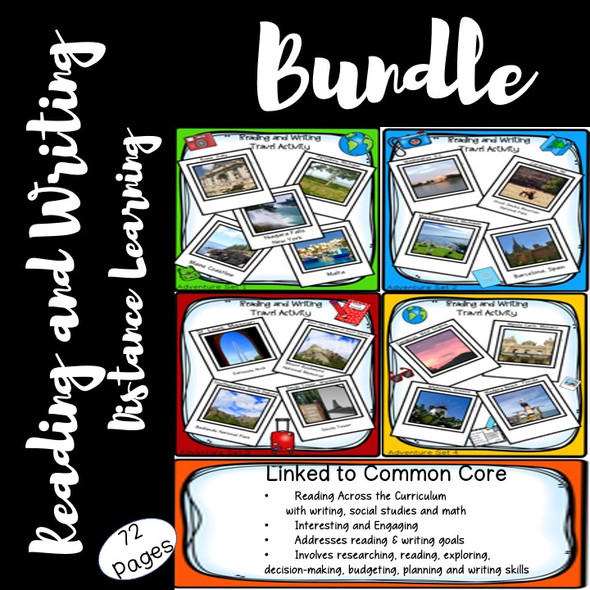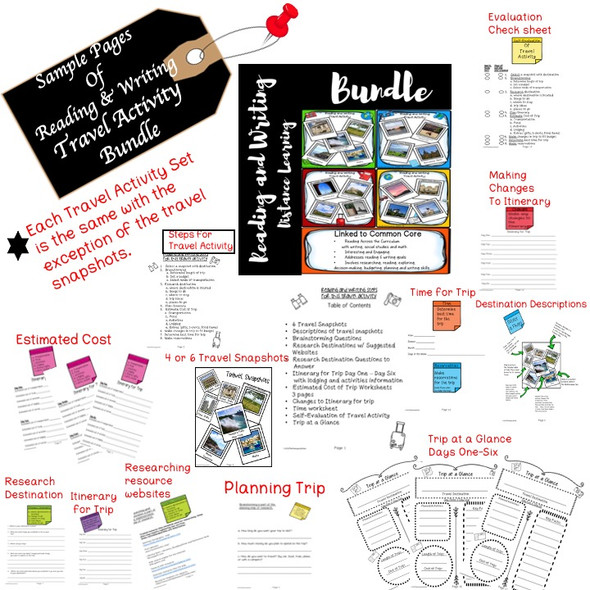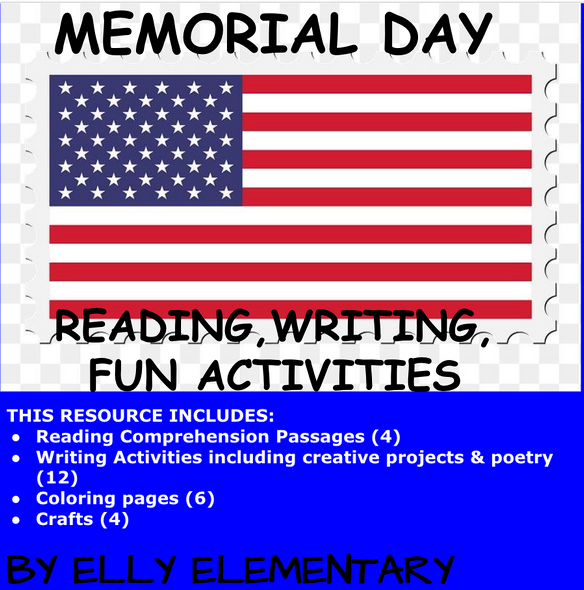Description
The Blood Typing and Heredity Reading and Writing activity introduces middle school science students to the concepts pertaining to the A-B-O blood groups, blood typing and heredity. This 17 page activity is editable to suit your needs. The package also contains 3 pages of teacher instructions and recommendations for conducting the activity and making simulated blood and sera. This activity will facilitate student engagement and understanding. Specifically this activity will:
- provide structured reading and writing activities to reinforce learning
- present many relevant diagrams and illustrations
- provide the students with a data analysis and graphing experience
- stress student safety skills
- provide students with an opportunity to collect and analyze data from a case study involving simulated blood typing
- aligns to the Next Generation Science Standards (NGSS)
- provides opportunities to demonstrate understanding of key concepts
The first part of the activity focuses on the relationship of blood type to the immune response and how this relates to blood transfusions. The second part of this activity uses a simulated blood typing exercise analyzing a paternity case. This introduces and reinforces student understandings in reference to the basic concepts of A-B-O blood typing and heredity.
Learning Standards Addressed in this Activity
NGSS Learning Standards Addressed
MS-LS1-3. Use argument supported by evidence for how the body is a system of interacting subsystems composed of groups of cells.
MS-LS3-2. Develop and use a model to describe why asexual reproduction results in offspring with identical genetic information and sexual reproduction results in offspring with genetic variation.
Common Core State Standards Connections:
ELA/Literacy
RI.6.8 Trace and evaluate the argument and specific claims in a text, distinguishing claims that are supported by reasons and evidence from claims that are not.
RST.6-8.1 Cite specific textual evidence to support analysis of science and technical texts.
RST.6-8.4 Determine the meaning of symbols, key terms, and other domain-specific words and phrases as they are used in a specific scientific or technical context relevant to grades 6-8 texts and topics.
RST.6-8.7 Integrate quantitative or technical information expressed in words in a text with a version of that information expressed visually.
WHST.6-8.1 Write arguments focused on discipline content.
Mathematics
MP.4 Model with mathematics.
6.SP.B.5 Summarize numerical data sets in relation to their context.
Terms of Use
Purchase of the product is for classroom use by the purchaser only. It is a violation for individuals, schools, and districts to redistribute or sell this item to other individuals
This work is licensed under a Creative Commons Attribution-NonCommercial-ShareAlike 4.0 International License.
View other great learning resources at Monday's Rescue!

























